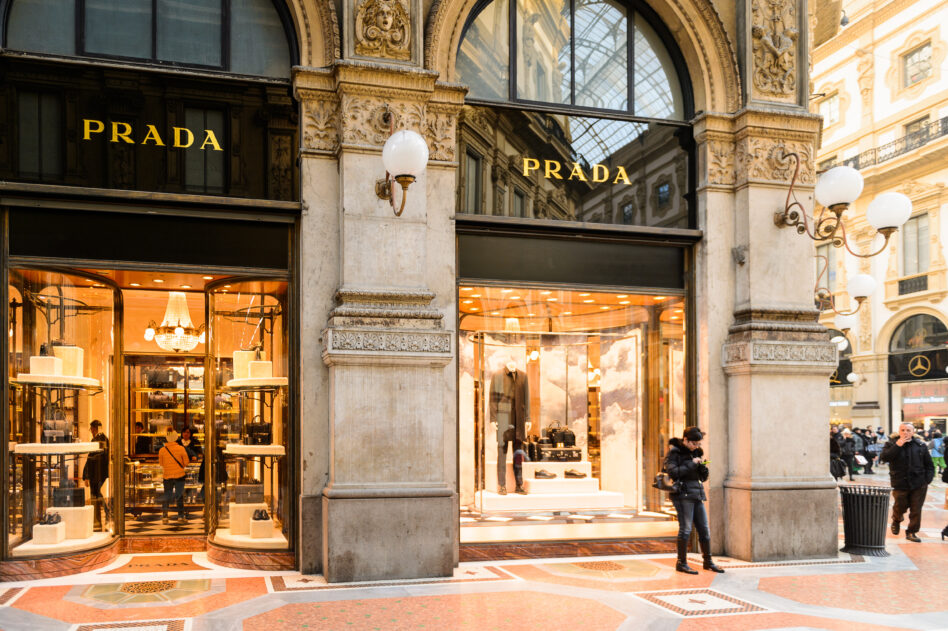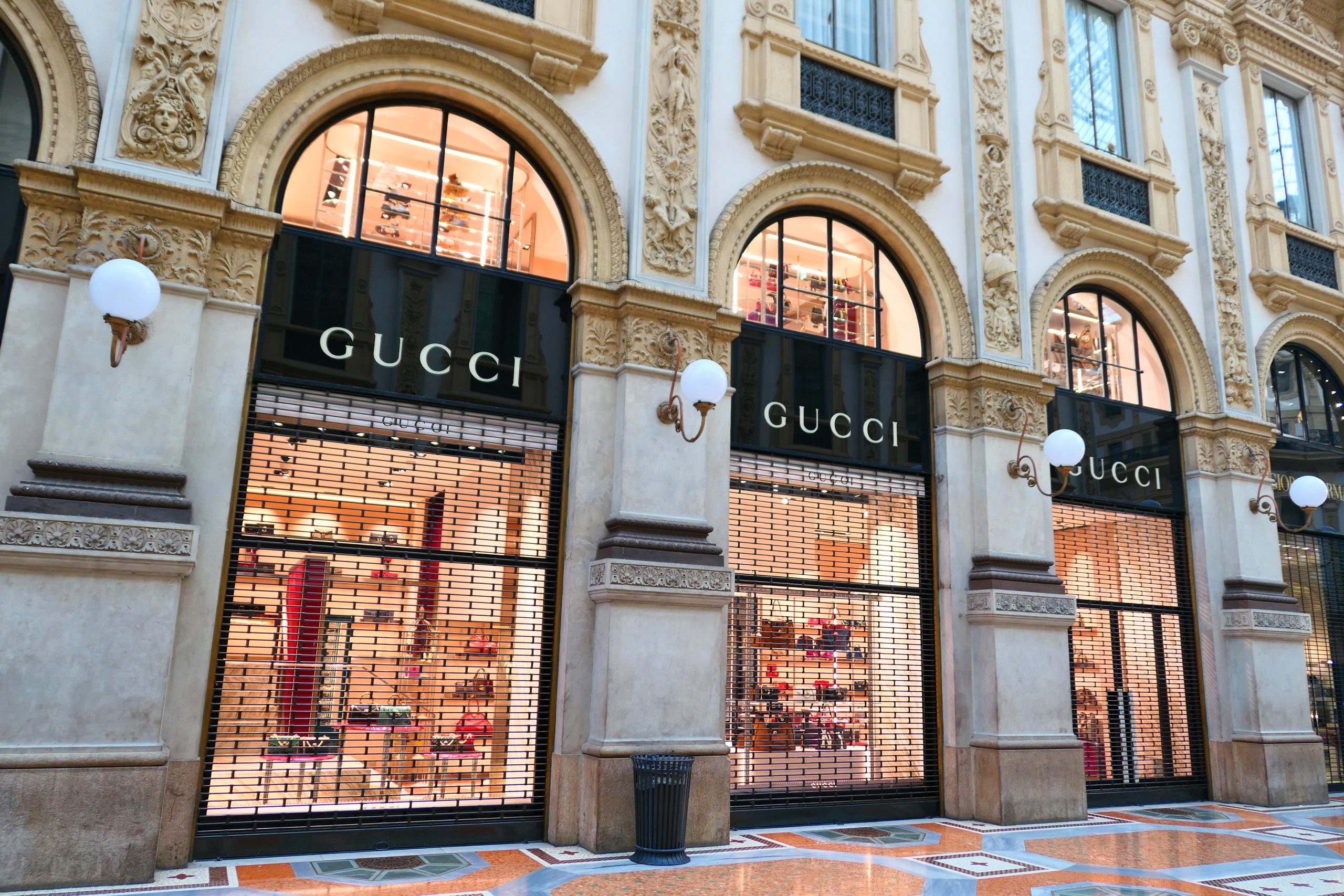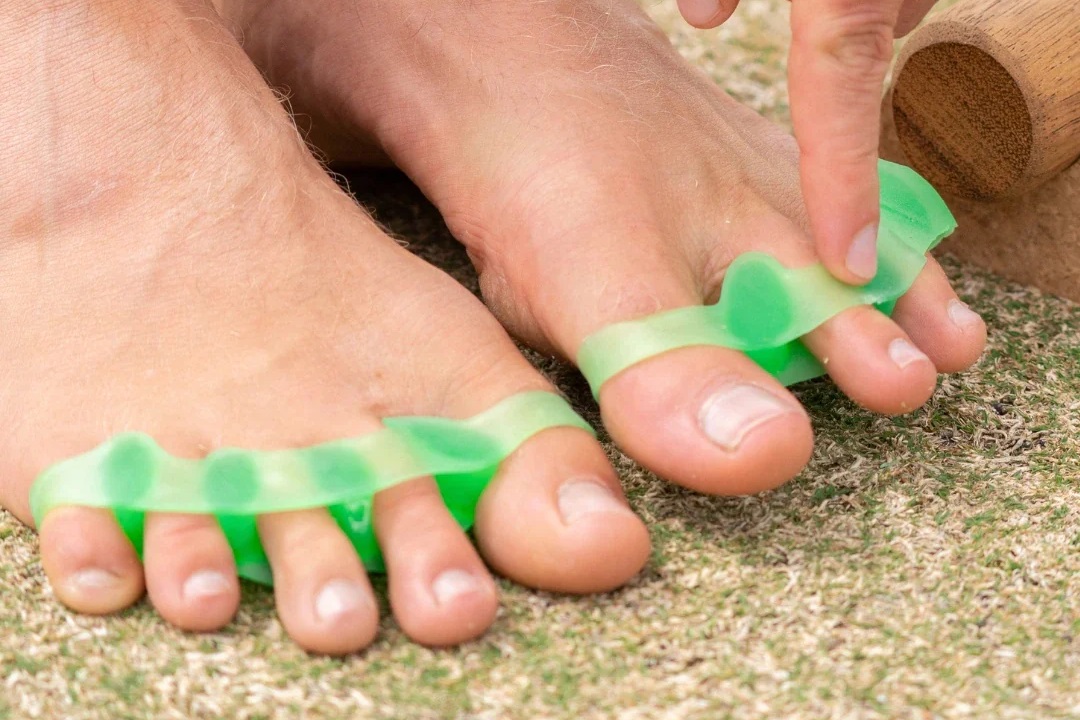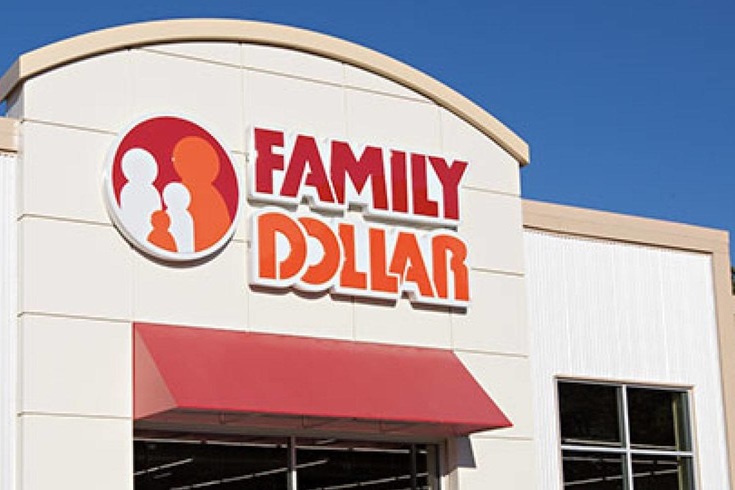
Image Source: Anton_Ivanov / Shutterstock.com
Since China’s December reversal of zero-covid policies seen throughout the pandemic, shares in European and American luxury goods brands have risen by 10%. Whilst luxury goods brands saw strong growth following the pandemic, many analysts suggested that China’s zero-covid policies would leave markets vulnerable if they continued into 2023.
Tourism is closely linked with luxury goods markets, with significant sales coming from trips to fashion capitals such as Paris, New York, Milan and London. With outbound travel allowed from China since 8th January, this will be a key factor in the growth of luxury goods markets throughout 2023. Although pre-pandemic travel levels to and from China will return over a gradual period, domestic commerce in China will see an immediate boost.
There is also the possibility that post-pandemic luxury goods spending exceeds pre-pandemic levels. This pattern was seen in the US and throughout Europe, according to figures from the investment banking company UBS. US consumer patterns saw spending on luxury goods in 2022 exceed 2019 by 88%. In Europe, the figure was 70%. This was partially attributed to savings consumers built up throughout lockdowns, a pattern that could be reflected in China.
The end of zero-covid policies in China could prove timely for many fashion houses. Although 2021 and 2022 saw growth in the sector, Citi estimates show that the final month of 2022 saw US sales lower than the same month in 2019. Whilst zero-covid policies were introduced to some degree in previous years, the increased implementation of these policies in 2022 significantly impacted a wide range of sectors.
Estimates from the management consulting company Bain indicate that the Chinese luxury goods market in 2022 was just over two-thirds the market size of 2019. With luxury goods dramatically cheaper in Europe than in China, tourism to European capitals has driven growth for high-end fashion brands. If post-lockdown consumer patterns reflect those seen in Europe and America, that will postpone the drop-off in growth expected by many analysts.
The period during the pandemic and immediately after it saw large stocks of wholesale luxury fashion products accumulated, both at the manufacturer’s warehouses and at third-party wholesale distributors. This overstock is still present, even though last year was successful for this sector and saw good sales, the excess stock presents good opportunities for wholesalers in Europe and America once Chinese tourists start arriving in large numbers after their lockdown ends.

Image Source: Anton_Ivanov / Shutterstock.com
Since China’s December reversal of zero-covid policies seen throughout the pandemic, shares in European and American luxury goods brands have risen by 10%. Whilst luxury goods brands saw strong growth following the pandemic, many analysts suggested that China’s zero-covid policies would leave markets vulnerable if they continued into 2023.
Tourism is closely linked with luxury goods markets, with significant sales coming from trips to fashion capitals such as Paris, New York, Milan and London. With outbound travel allowed from China since 8th January, this will be a key factor in the growth of luxury goods markets throughout 2023. Although pre-pandemic travel levels to and from China will return over a gradual period, domestic commerce in China will see an immediate boost.
There is also the possibility that post-pandemic luxury goods spending exceeds pre-pandemic levels. This pattern was seen in the US and throughout Europe, according to figures from the investment banking company UBS. US consumer patterns saw spending on luxury goods in 2022 exceed 2019 by 88%. In Europe, the figure was 70%. This was partially attributed to savings consumers built up throughout lockdowns, a pattern that could be reflected in China.
The end of zero-covid policies in China could prove timely for many fashion houses. Although 2021 and 2022 saw growth in the sector, Citi estimates show that the final month of 2022 saw US sales lower than the same month in 2019. Whilst zero-covid policies were introduced to some degree in previous years, the increased implementation of these policies in 2022 significantly impacted a wide range of sectors.
Estimates from the management consulting company Bain indicate that the Chinese luxury goods market in 2022 was just over two-thirds the market size of 2019. With luxury goods dramatically cheaper in Europe than in China, tourism to European capitals has driven growth for high-end fashion brands. If post-lockdown consumer patterns reflect those seen in Europe and America, that will postpone the drop-off in growth expected by many analysts.
The period during the pandemic and immediately after it saw large stocks of wholesale luxury fashion products accumulated, both at the manufacturer’s warehouses and at third-party wholesale distributors. This overstock is still present, even though last year was successful for this sector and saw good sales, the excess stock presents good opportunities for wholesalers in Europe and America once Chinese tourists start arriving in large numbers after their lockdown ends.



